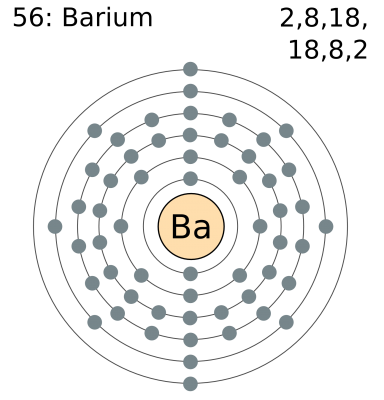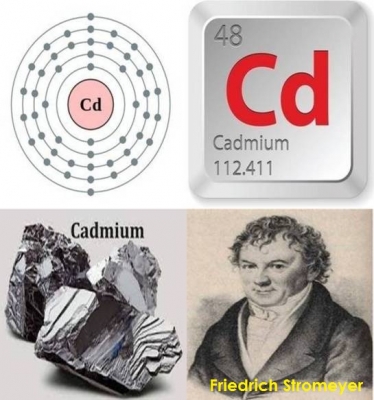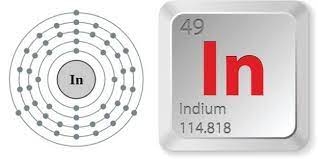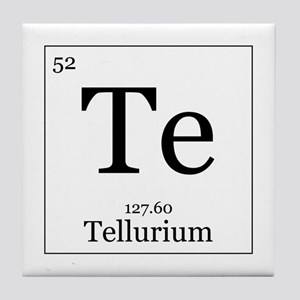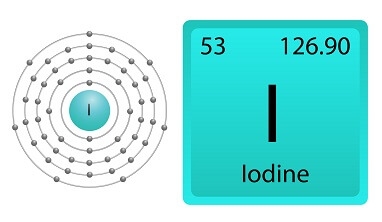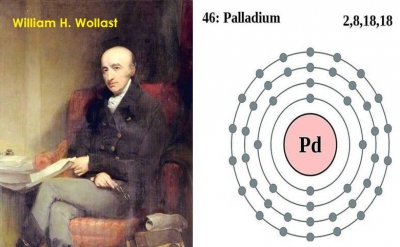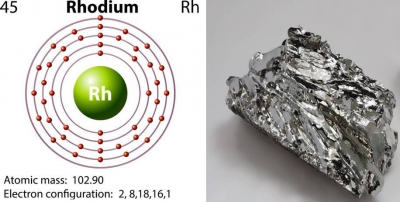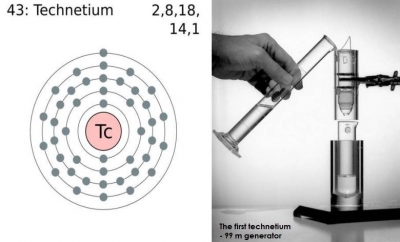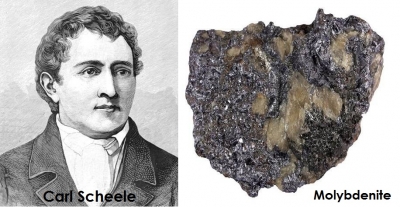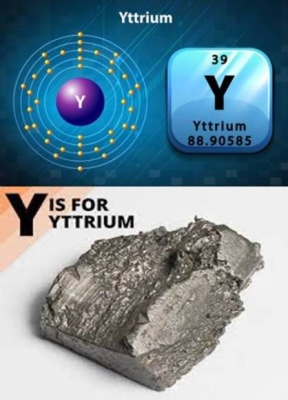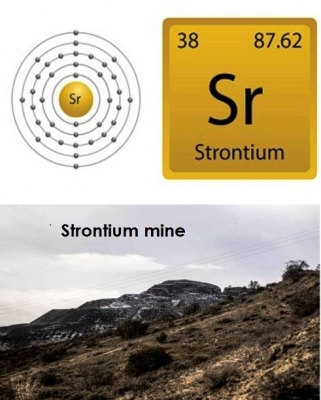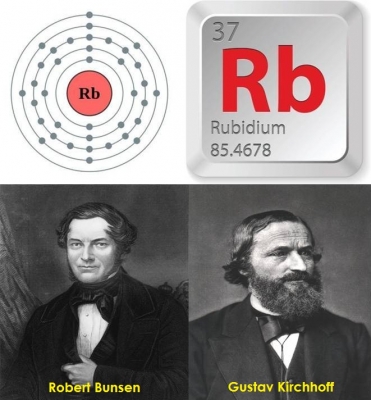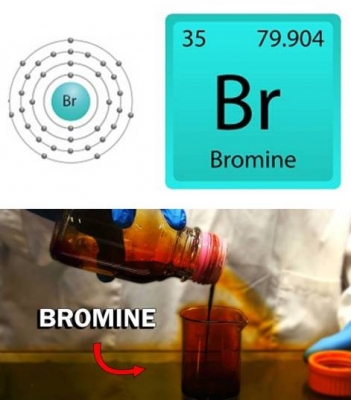Is xenon used in space travel?

Atomic number 54, xenon, was discovered by William Ramsay and Morris Travers at the University College, London. The duo had already discovered argon, neon, and krypton from liquid air. In 1898, Ludwig Mond a wealthy industrialist gifted the team a new liquid-air machine which led to this discovery. With the new machine, Ramsay and Travers extracted more krypton from liquid air, and they distilled it to isolate a heavier gas. Ramsay and Travers examined this heavier gas in a vacuum tube and found that this element emitted a beautiful blue glow. The duo categorized this new gas as inert and called it xenon. “Xenos” in Greek means stranger.
Xenon in itself is not toxic but many of its compounds are toxic in nature. It is used in photographic flashes, in high pressure arc lamps for motion picture projection, and to produce ultraviolet light.
Picture Credit : Google
